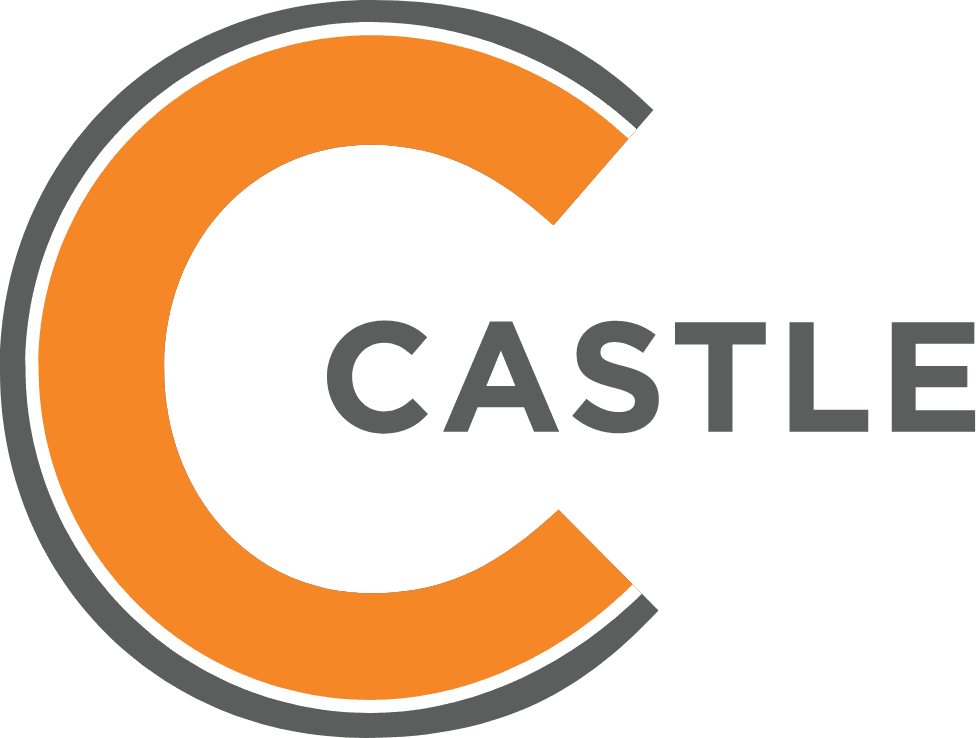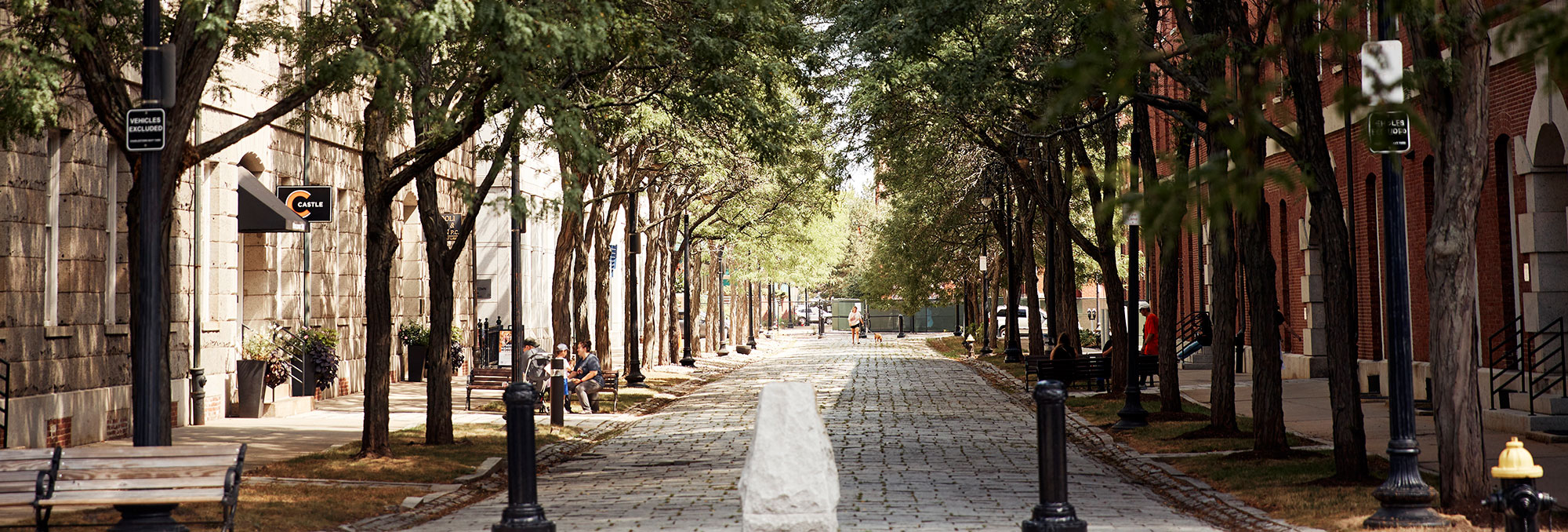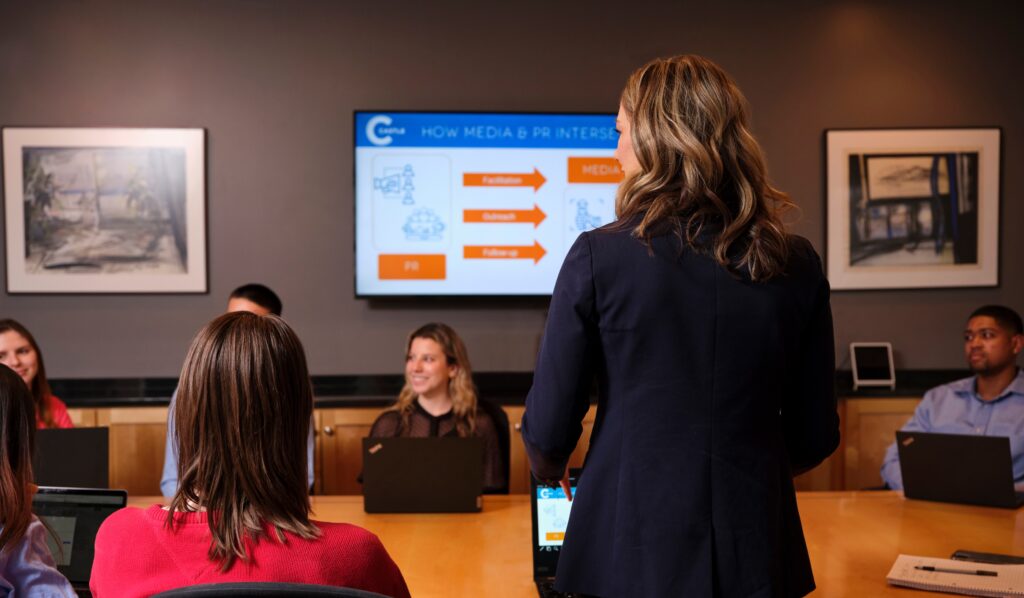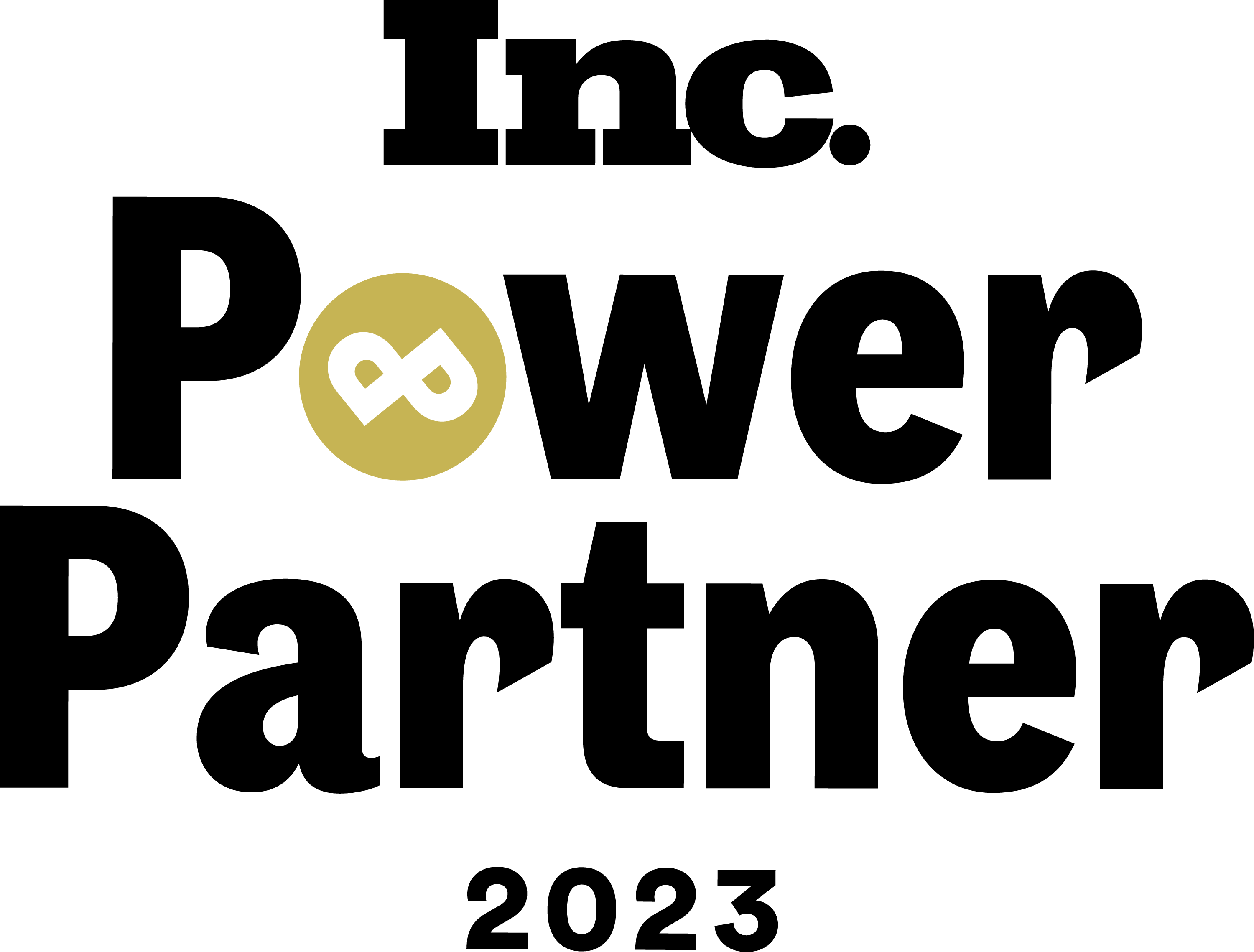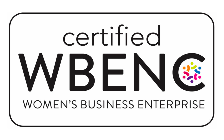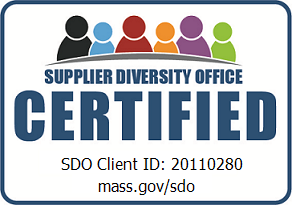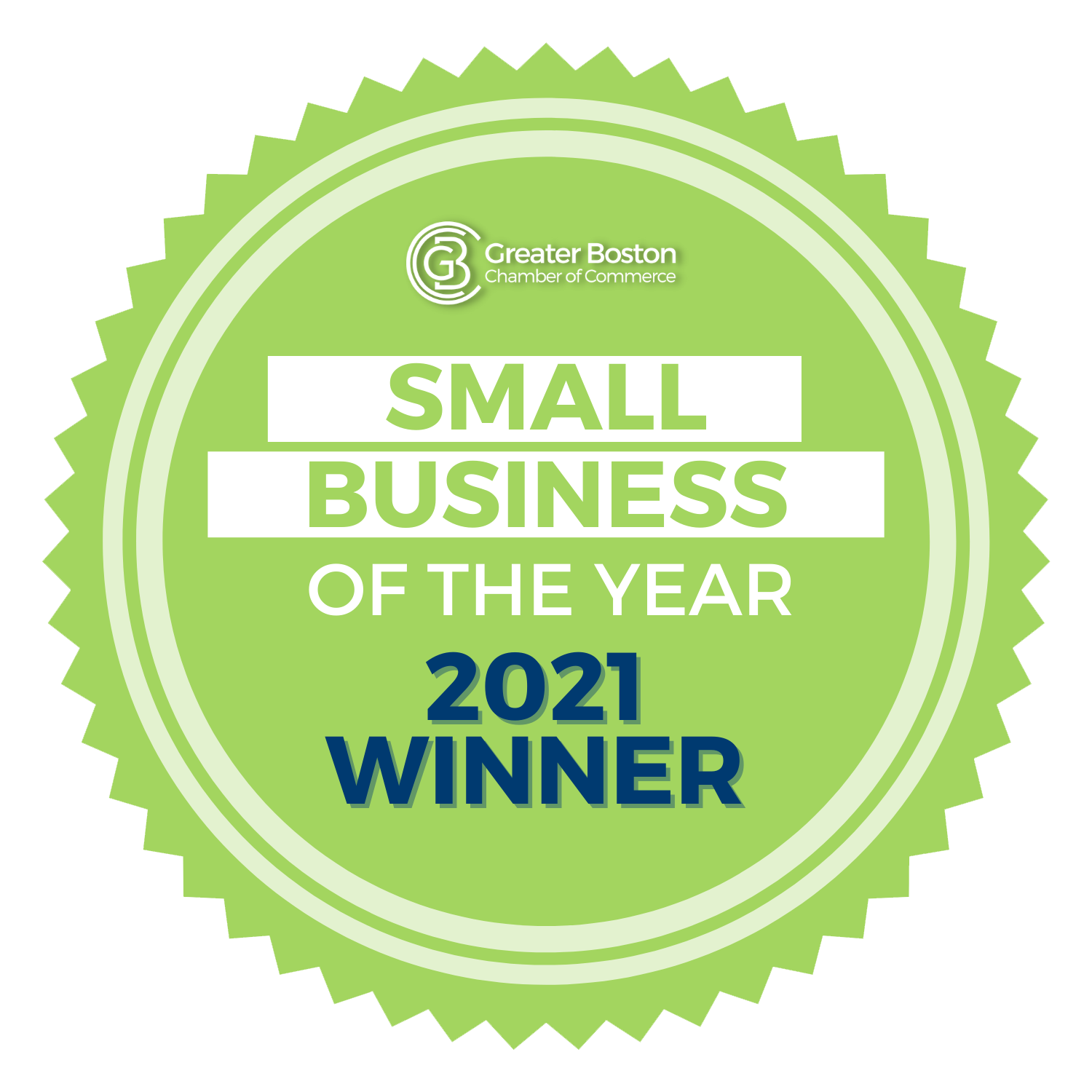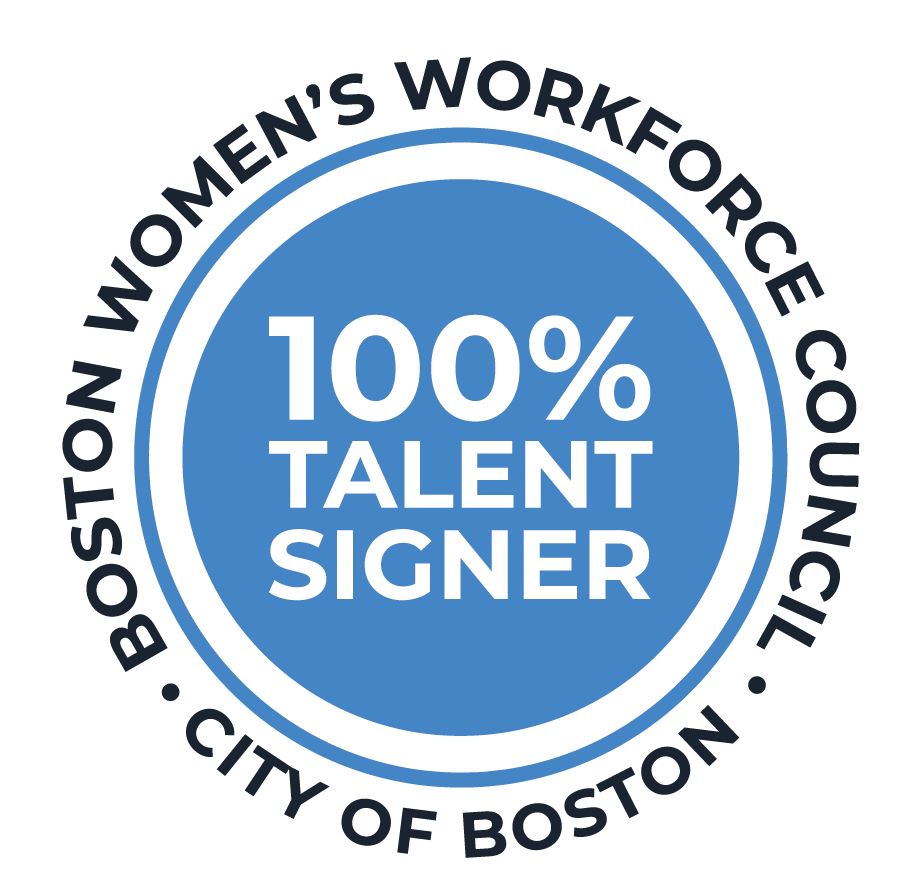At Castle events we are always looking for the latest and greatest event technology, with the best applications for our clients. The hardest part is staying ahead of the curve. Smartphones are obviously here to stay and being integrated more and more into our daily lives. For the conference/event planner, it’s changing the game in terms of interactivity, customer experience and event navigation. I decided to review a few event technologies and the potential impact for client events.
Mobile Apps – A hot topic of late has been mobile applications for events. Many of our clients already use them successfully. Apps can enhance the attendees’ experience before, during and after the event by offering – direct to the users’ smartphone – customized event content (i.e. a personalized agenda), maps of the conference venue, SMS messaging for news alerts and on-site changes, speakers’ bios, facebook and twitter integration and post event surveys. Apps cut back on paper, are convenient and can be updated quickly. Many “off the shelf” applications are available (i.e. grupio.com, eventmobi) or if resources allow, companies, can build their own. An important differentiation is building/offering a web based vs. a “native” app. Although potentially more cost effective because they are universal for all phones, web based apps obviously rely on internet connectivity. Planners must ensure that the wireless connection at the conference facility is sufficient enough to support the amount of users. Otherwise planners should consider creating a native app that is downloadable and lives on the user’s device. Since different phone types should be accounted for (i.e. Blackberry, iphone, Droid), costs and lead times to develop can be greater.
QR (Quick Response) Codes – These are those squares that you now see everywhere from the cover of USA Today to business cards. Users scan the square with their smartphone to link to websites, promotions or to “check in”. Event marketers have started using them as an instant way to link to registration pages or adding an event to your calendar. Since they have the ability to store more data than the standard bar code used on many conference badges today, lead generation for exhibitors and networking for attendees can benefit. QR codes can be built into the navigation of the event or tradeshow itself, allowing attendees to check-in at certain points. And given that it is so easy to generate a code, they are printable on a variety of mediums from signage to T-shirts, (Tiffany & Co printed them on cookies at last fall’s New York Fashion Week) and so easy to use, we may see more and more of them. Check out this local company who uses them to register attendees at road races in seconds!
RIFD (radio frequency identification) – Technology has been on the scene for some time (in technology time that is), allowing planners and marketers to keep track of attendees and more recently connecting people to social media such as Facebook Places. Used at large trade shows, ski resorts and concert venues, RIFD enabled badges or lift tickets have a small chip or tag readable by radio waves and/or electromagnetic fields that enable users to check in, be tracked and even synchronize to their Facaebook profiles. Locations may be set up throughout an event venue where guests can swipe their badge and check-in to Facebook Places, take and upload pictures or post a status update. At Vail Ski Resorts you can track your runs, vertical feet and more.
NFC (near field communication) – Is essentially short range wireless RIFD. It’s a technology I keep hearing about and has a huge potential impact in events. Already used inEurope, it allows data exchange or payment processing when mobile devices are in close proximity. Instead of swiping a credit card, users touch their phone to make a payment or to check-in. Since NFC technology will be soon be designed directly intoU.S. smartphones this has great promise for enhanced lead generation at conferences, instant payment of registration fees and concert tickets, checking in for your flight or at events, and more. Keep a look out!
In short, it’s important to be alert and responsive to the ways technology is changing the way we do business. While it’s not essential to jump on every trend coming our way for the sake of staying current, it’s critical to analyze the ways it can increase efficiency and enhance the audience experience and adopt when it makes sense.
